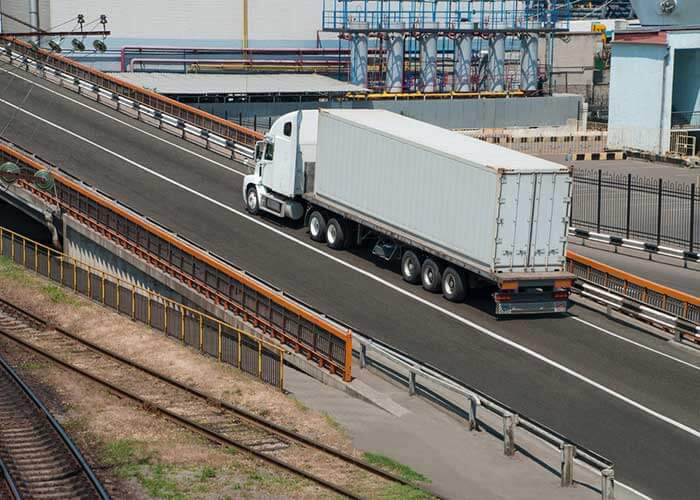By: Steve Irick
So you’re thinking about getting off the road and staying local?
Making the transition from OTR to local can be a big change if you’ve been driving for very long.
Conditions, equipment, hours and pay scale are not necessarily better or worse, but they can be very different.
Sometimes, making the transition from OTR is a good thing, as it can allow you more time at home with the family. A set schedule can afford more personal opportunities outside of work, but you will sacrifice the freedoms of being your own boss and setting your own hours.
In the beginning, you could go on the extra board and be “on call” 24/7 until a permanent position becomes available. This is temporary, but depending on the company, it can sometimes take awhile.
Always ask, “What can I expect?”
Pay is also an important consideration. How do local drivers get paid? Unfortunately, there is no standard, so be cautious. Some jobs will pay by the hour, others on a mile/load rate and still others do a combination of both. Ask the questions and do the math before you make a decision, sometimes what looks good isn’t.
If at all possible, catch a driver outside of their yard and ask. Consider if the job is seasonal and will pay well enough during lean times.
Another issue you will face is the equipment. Many local jobs will have you driving a day cab or maybe even a single axle rig. The shorter wheel base will take some getting used to, but the better visibility will be welcomed, especially since more of your work will require backing – Sometimes a lot of backing.
What you pull can vary as well: from a 28 foot pup to a trailer that’s 110 inches wide and 53 feet long. You could also be pulling tank trailers or a variety of multiple trailer arrangements.
Most companies won’t assign you a rig to when you first start, so be prepared – every driver and company has a different standard of cleanliness inside the cab. This also holds true for the physical/mechanical condition, even though there is a DOT standard. Maintenance can be done by a company shop or an outside vendor, so it’s important to know the proper protocols.
Log books can be either paper or electronic and there are different regulations you’ll need to be aware of that apply to drivers running closer to their terminal.
What you do as a local driver will be different from job to job, but it is likely you will work more closely with people. Not only will you deal face to face with dispatchers, you will probably deal directly with customers, the public in general and, of course, management.
There are many considerations when you think about making the transition from OTR to local, so don’t hesitate to approach a local driver and talk with them when they are out on their run, most are very willing to share their knowledge with you.
